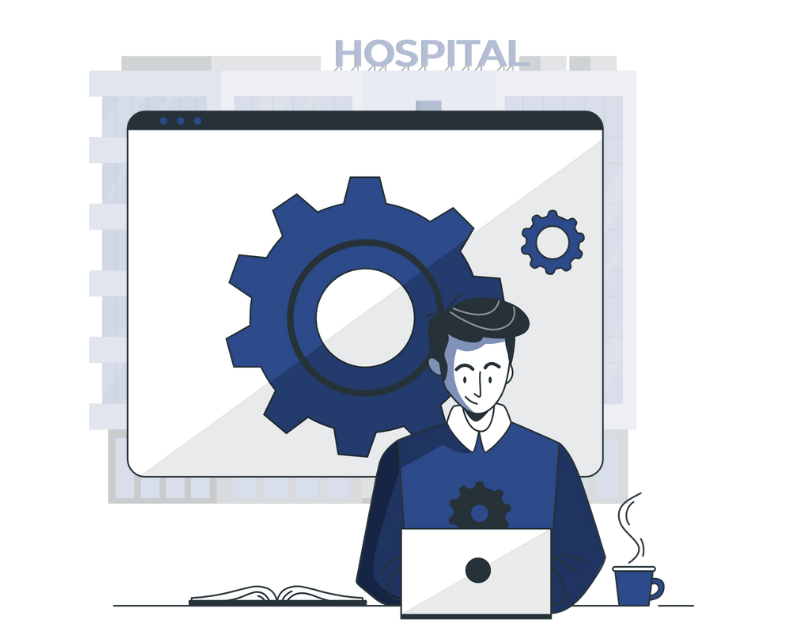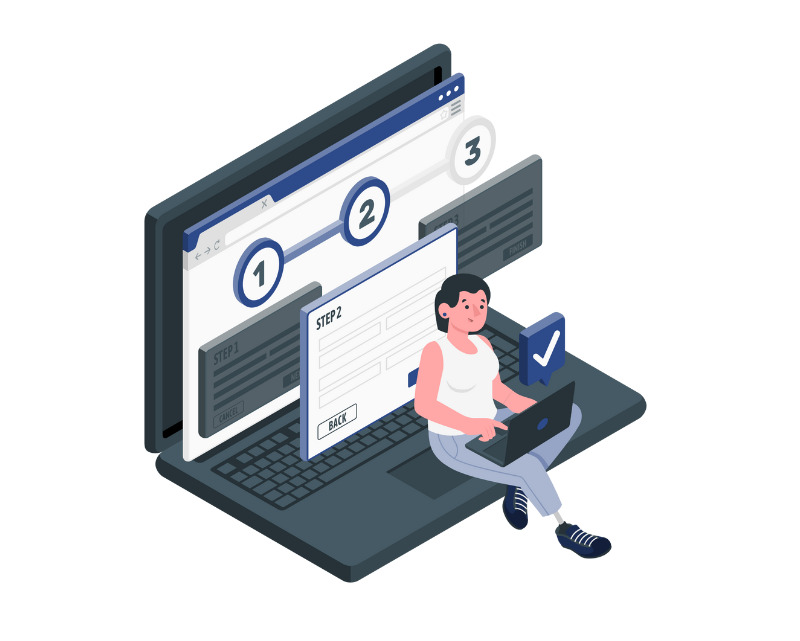Hospital billing has been through a whirlwind of change in recent years, leaving hospital revenue cycle leaders to navigate challenges ranging from
May 2024 Newsletter
We’ve assembled the latest news for healthcare revenue cycle leaders to help you stay on top of industry challenges and adapt your revenue cycle management services.
CMS Addresses Coverage for PrEP Drugs
CMS has released a fact sheet on Preexposure
Denial Management Just Got Even Harder – And it Might Be Time to Rethink Your Revenue Cycle Management Services
Denial management – the full process of identifying denied claims, reviewing, resolving them, and increasing efficiency of the process – has always been important to the healthcare revenue cycle. Many providers outsource the denial portion of their revenue cycle management services to revenue cycle management companies for efficiency, especially as the process
February 2024 Newsletter
We’ve assembled the latest news for healthcare revenue cycle leaders to help you stay on top of industry challenges and adapt your revenue cycle management services.
Participation in ACO Initiatives Growing
CMS has announced that it is seeing increased participation in the accountable care organization (ACO) initiatives of 2024. It believes that this will increase the quality of care that people with Medicare receive. [1]
CMS Announces new ICD-10-PCS Codes
CMS has announced a plan to implement 41 new procedure codes, effective April 1, 2024. The Grouper software package is effective for discharges on or after April 1, 2024, something to note for anyone concerned about medical coding in the USA. [2]
Hospitals Call for More Insight into Payer Negotiation Calculations
Hospital leaders have asked the Biden-Harris administration to facilitate more insight into payer behavior around calculation of starting points for negotiations and into payers who delay payouts post dispute. These changes, a potential impact on hospital coding, were a result of implementation complaints from across the industry, as well as successful legal pushback from provider groups. [3]
CMS Proposes Accrediting Organization Rule Updates
Recent complaints have sparked a review of Accrediting Organizations (AOs). As a result, CMS is stepping in to improve their AO performance review process. AOs are required to meet or exceed CMS health and safety standards in their responsibility to maintain the quality of care that patients receive. Accreditation is required for medical billing to Medicare and Medicaid. [4]
Quarterly Update to HCPCS Codes for SNFs
CMS has published Medicare Claims Processing Transmittal 12449, which covers HCPCS medical coding under the SNF PPS. These will be effective April 1, 2024. Changes will be used to revise CWF edits and thereby allow MACs to make payments that align with SNF consolidated billing policy. [4]
Final Evaluation Report for Next Generation Accountable Care Organization Model Now Available
As of January 11, 2024, CMS has posted the final evaluation report for its Next Generation ACO Model, building on the Pioneer ACO model and Medicare Shared Savings Program. The interactive map allows visitors interested in physician medical billing to explore current participants. [5]
HHS Announces Support to Meet EMTALA Obligations
HHS has announced that it is working with CMS to launch actions to educate the public about rights to emergency medical care, as well as supporting hospitals in meeting their obligations under the Emergency Medical Treatment and Labor Act (EMTALA). The plan was developed in response to increasing inquiries from patients and providers and could impact hospital billing. [6]
Payment Updates for 2025 Medicare Advantage and Part D Released
CMS has released CY 2025 Advance Notice for the Medicare Advantage and Medicare Part D Prescription Drug programs as a complement to a proposed rule released in 2023. If finalized, it has the potential to strengthen protections for patients who rely on Medicare Advantage and Medicare Part D drug coverage and could impact medical coding and billing. [7]
Improving Prior Auth Through Expanded Information Access
CMS has finalized the CMS Interoperability and Prior Authorization Final Rule (CMS-0057-F), which sets requirements for Medicare Advantage organizations, Medicaid and the Children’s Health Insurance Program fee-for-service programs, Medicaid managed care plans, CHIP managed care entities, and issuers of Qualified Health Plans offered on the Federally-Facilitated Exchanges. HHS Secretary Xavier Becerra expressed concerns that too many Americans are left waiting on insurance companies for approval for a procedure, an issue that is also connected to medical billing denials. [8]
Hospital at Home Data Fact Sheet Released
CMS has released public data as part of the Acute Hospital Care at Home Initiative as of January 16, 2024. This initiative was launched in response to the burdens hospitals took on as a result of the spread of COVID-19, and could possibly impact home health care coding. [9]
References
[1] CMS, “Participation Continues to Grow in CMS’ Accountable Care Organization Initiatives in 2024,” 29 January 2024. Available: https://www.cms.gov/newsroom/press-releases/participation-continues-grow-cms-accountable-care-organization-initiatives-2024.
[2] CMS, “ICD-10 MS-DRGs Version 41.1 Effective April 01, 2024,” 1 April 2024.
[3] D. Muoio, “Proposed out-of-network billing overhaul needs stronger payer oversight, hospitals say,” 8 February 2024. Available: https://www.fiercehealthcare.com/regulatory/proposed-out-network-billing-overhaul-needs-stronger-payer-oversight-hospitals-say.
[4] CMS, “Accrediting Organization Proposed Rule Fact Sheet,” 8 February 2024. Available: https://www.cms.gov/newsroom/fact-sheets/accrediting-organization-proposed-rule-fact-sheet.
[5] CMS, “Pub 100-04 Medicare Claims Processing (Transmittal 12449),” 11 January 2024. Available: https://www.cms.gov/files/document/r12449cp.pdf.
[6] CMS, “Next Generation ACO Model,” January 2024. Available: https://www.cms.gov/priorities/innovation/innovation-models/next-generation-aco-model.
[7] CMS, “CMS Announces New Actions to Help Hospitals Meet Obligations under EMTALA,” 22 January 2024. Available: https://www.cms.gov/newsroom/press-releases/cms-announces-new-actions-help-hospitals-meet-obligations-under-emtala.
[8] CMS, “CMS Releases Proposed Payment Updates for 2025 Medicare Advantage and Part D Programs,” 31 January 2024. Available: https://www.cms.gov/newsroom/press-releases/cms-releases-proposed-payment-updates-2025-medicare-advantage-and-part-d-programs.
[9] CMS, “CMS Finalizes Rule to Expand Access to Health Information and Improve the Prior Authorization Process,” 17 January 2024. Available: https://www.cms.gov/newsroom/press-releases/cms-finalizes-rule-expand-access-health-information-and-improve-prior-authorization-process.
[10] CMS, “Acute Hospital Care at Home Data Release Fact Sheet,” 16 January 2024. Available: https://www.cms.gov/newsroom/fact-sheets/acute-hospital-care-home-data-release-fact-sheet.
4 Ways to Refresh Your Hospital Accounts Receivable Processes
If you’re planning on going into 2024 with the same medical billing accounts receivable processes that you used in 2023, you’re probably sitting on untapped opportunity.
This is because, with changes in hospital accounts receivable standards, staffing challenges, and pressures on revenue cycle leadership,




